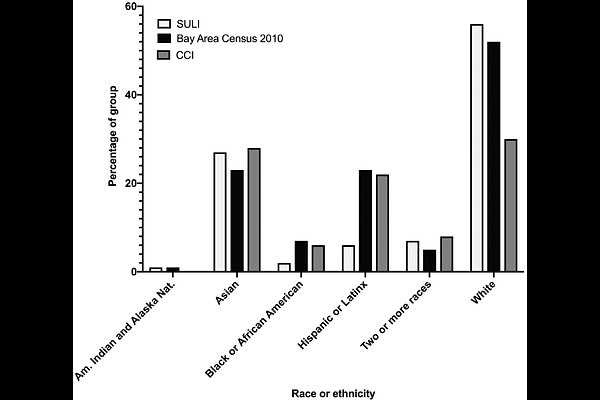Where are they now? Academic and career trajectories of national laboratory STEM internship alumni from community colleges, compared to those from universities

Where are they now? Academic and career trajectories of national laboratory STEM internship alumni from community colleges, compared to those from universities
Cote, L. E.; Zamora, A. N.; Jaramillo Salcido, J.; Van Doren, S.; Manocha, A.; Otero Munoz, G.; Law, E. W.; Baranger, A. M.
AbstractIt is well-established that participation in technical or research experiences can support university student retention in science, technology, engineering, and mathematics (STEM). However, there is very little published research on the availability and impact of opportunities for community college students, particularly those provided by Department of Energy (DOE) national laboratories. To address this gap, we collected data from students who participated in two DOE sponsored programs spanning from 2009 to 2016: the Community College Internship (CCI) and Science Undergraduate Laboratory Internship (SULI) at Lawrence Berkeley National Laboratory (LBNL). Among CCI alumni, 90% earned a STEM bachelors degree and 88% are on a STEM career pathway. For SULI alumni, 91% earned a STEM bachelors degree and 71% are on a STEM career pathway. Overall, 80% of CCI alumni and 56% of SULI alumni have entered the STEM workforce, 5% of CCI alumni and 11% of SULI alumni are in the health workforce, and 6% of CCI alumni and 13% of SULI alumni are in the non-STEM workforce. Our findings indicate that community college students who participate in STEM professional development activities (such as the CCI program) are likely to complete their academic degrees and pursue STEM careers at rates comparable to those of university students. This investment in providing internships at LBNL for community college students has effectively supported their entry into STEM careers and their desire in pursuing work within the DOE complex in the years following their participation in these programs.